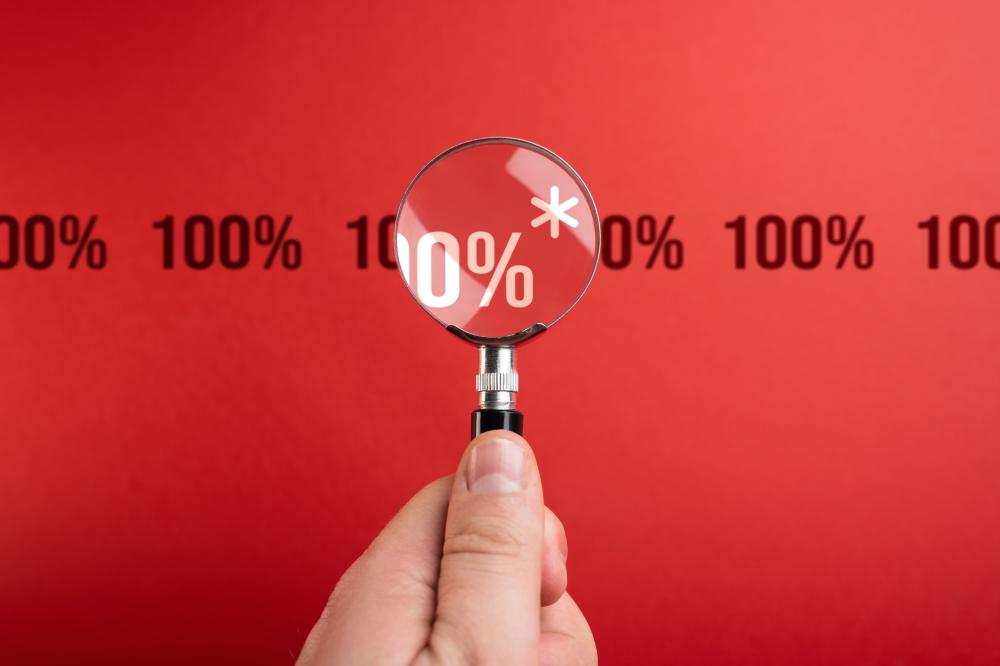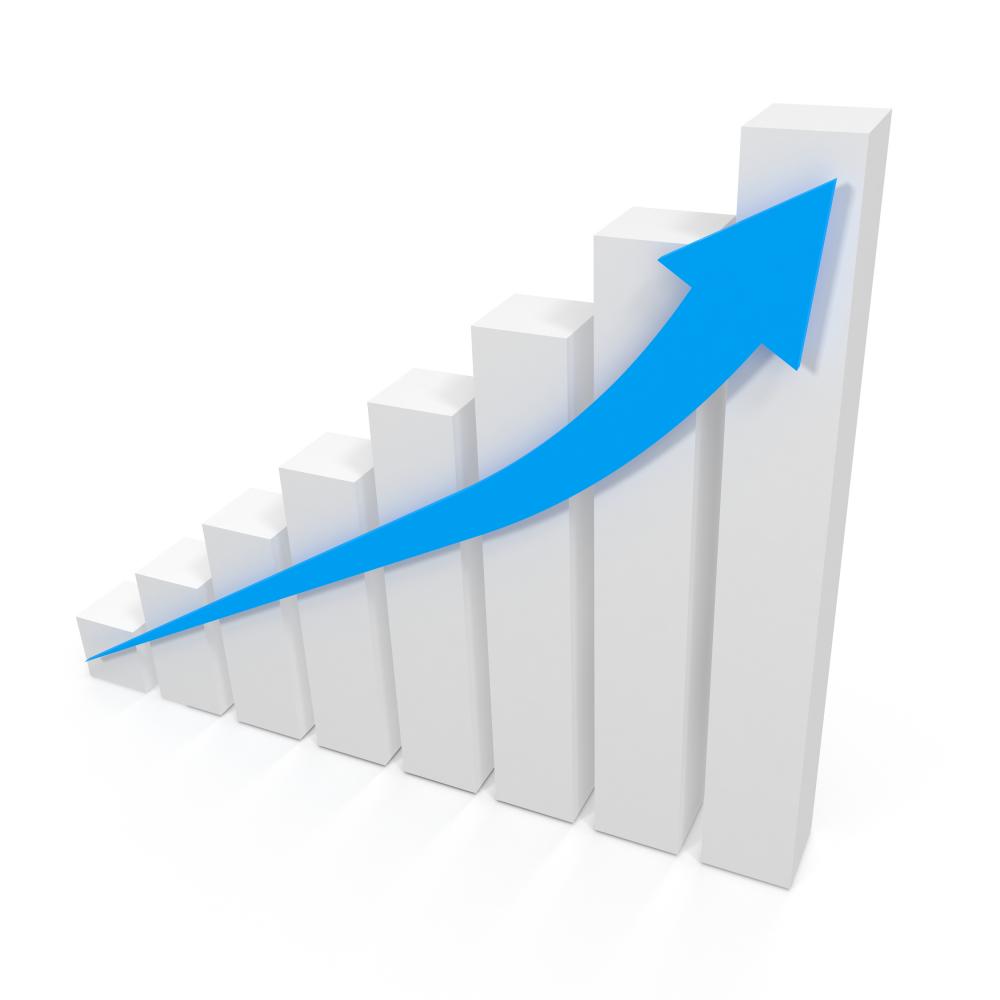
Why Domain Rating Matters
Domain Rating (DR) plays a crucial role in how your website is perceived by search engines. It fundamentally measures the strength of a site's backlink profile, which directly impacts your site's visibility in search results. As someone who has spent over 20 years in digital marketing, I've witnessed firsthand how enhancing a site's domain rating can lead to an exponential increase in traffic.
However, the focus should not solely be on elevating the DR but understanding the avenues that facilitate this increase. By concentrating on acquiring high-quality backlinks, you inherently boost your domain rating. It's akin to strengthening the foundation of a building before expanding its height.
How to Improve Domain Rating Through Strategic Backlinks
The heart of improving domain rating lies in cultivating high-quality backlinks. Backlinks from authoritative sites significantly influence your domain rating. Here's a strategy I've employed over the years:
- Identify authoritative websites in your niche that share complementary content.
- Create valuable content that naturally draws attention and earns these backlinks.
- Engage in outreach to these websites, proposing mutually beneficial link exchanges.
The emphasis should always be on relevance and quality over sheer quantity. By nurturing relationships with influential sites, your domain rating will naturally rise.
Creating Content That Attracts Backlinks
Creating content that garners backlinks requires more than just creativity; it demands insight into what your audience finds valuable. Reflecting on my experiences, content that is unique, informative, and engaging consistently earns more backlinks. Consider these formats:
- In-depth guides and how-to articles that solve specific problems.
- Original research or data studies that provide new insights.
- Interactive tools or quizzes that engage users.
By focusing on the user's needs and interests, your content will not only improve your domain rating but also enhance user engagement.
Does Internal Linking Help Improve Domain Rating?
Internal linking alone won't directly boost your domain rating, but it plays an auxiliary role in enhancing your site's structure. Strategically placing internal links helps distribute link equity throughout your site, optimizing the value from external backlinks.
By effectively using internal links, you ensure that even lesser-viewed pages receive a boost in authority, thus contributing to an overall stronger site profile.
Expert Insights on Increasing Domain Rating
Through my two decades of experience, I've discovered that successful strategies to improve domain rating are not just about employing technical tactics. It's essential to align with broader business objectives. Here are a few insights:
Firstly, prioritize building genuine relationships with influencers and leaders in your industry. Secondly, leverage social proof by showcasing endorsements from respected figures. Lastly, consistently audit and refine your backlink profile to remove any low-quality links that may be harming your domain rating.
Improving domain rating is a journey. It requires continuous effort, strategic planning, and a commitment to staying updated with the latest trends and techniques in the SEO landscape.

Why Is Domain Rating Important?
In my two decades at Domain Rating IT, a recurring question I encounter is the significance of Domain Rating (DR). DR reflects the strength of a website's backlink profile on a scale from 0 to 100. A high DR signifies a more authoritative site, enhancing your visibility in search engine results. Leveraging our free tools can efficiently increase domain rating, transforming it into a competitive advantage for your online presence.
Backlinks are the lifeline of any website aiming to improve its DR. At the heart of this, quality prevails over quantity. High-quality referring domains lend credibility, marking your site as a trusted source. Therefore, understanding how to increase domain rating through strategic efforts is essential for any business or individual looking to bolster their online influence.
How to Increase Domain Rating?
Aiming to increase domain rating involves intentional strategies and concerted efforts. Here's a method that has consistently proven effective:
- Identify and reach out to websites with high DR for backlink opportunities.
- Create compelling, shareable content that attracts natural backlinks.
- Regularly audit your backlinks to ensure they are from relevant and reputable sites.
These steps form the backbone of a robust strategy to increase domain rating, ensuring steady growth in your website's authority.
What Are Common Misconceptions About Domain Rating?
One prevalent misunderstanding is conflating Domain Rating with other metrics like Domain Authority (DA). While both measure authority, DR by Ahrefs focuses primarily on the quality and quantity of referring domains, making it distinct. Many also believe that a single viral post can drastically boost DR, but sustained effort over time is crucial.
Another misconception is that any link is beneficial. In reality, acquiring low-quality links can hinder your progress. Targeting authoritative and relevant sites should be paramount to your strategy when working to increase domain rating.
Effective Techniques to Boost Domain Rating
Throughout my career, I've distilled several effective tactics to increase domain rating. These include:
- Guest Blogging: Contributing insightful articles to high-DR sites to gain backlinks.
- Resource Link Building: Creating valuable resources that others in your niche will want to link to.
- Active Participation in Forums: Engaging in niche forums to build connections and earn backlinks.
Implementing these approaches consistently will lead to a marked improvement in your domain's authority and trustworthiness.
Absolutely. At Domain Rating IT, we offer free tools to monitor and compare your Domain Rating efficiently. Our platform allows users to assess DR scores instantly without subscription barriers, providing insights into historical trends. Using these tools can identify potential link-building opportunities, effectively aiding in your endeavor to increase domain rating.
Leveraging such tools enables a strategic approach in your SEO journey, making the process of increasing domain rating more accessible and actionable.
Building High-Quality Links to Enhance DR
Increasing your domain rating Ahrefs requires a strategic approach to link building. Not all backlinks are created equal. High-quality backlinks from authoritative sites can significantly boost your Domain Rating. It's essential to cultivate relationships with sites that have potential for growth themselves, even if they currently possess a lower DR.
From my extensive 20+ years in the SEO industry at Domain Rating IT, I've seen firsthand how quality outshines quantity. By creating valuable content that attracts those authoritative links naturally, you can effectively increase domain rating Ahrefs.
Engage in outreach campaigns to pitch your high-value content to relevant sites. This proactive approach will help you earn those coveted links that push your DR into higher territory. Remember, meaningful content garners organic attention.
What Factors Impact Domain Rating?
Domain rating, as a key metric, is highly influenced by the quality and number of unique domains linking to your site. Ahrefs calculates DR based on referring domains, the DR score of those domains, and the number of links they provide.
Notably, acquiring links from a diverse set of sites - particularly those with strong DR scores - contributes positively to increasing your domain rating Ahrefs. A strong DR score is indicative of your site's authority in its niche, making it imperative to target a wide spectrum of referring domains.
Another aspect is the logarithmic scale of DR, meaning the journey from DR 20 to DR 40 is significantly less challenging than going from DR 70 to 80. Understanding this gradient can help set realistic goals and manage expectations effectively.
In addition, the relationship between DR and a site's overall trustworthiness, content quality, and industry relevance cannot be overstated. Building your DR should be a holistic endeavor, not mere link acquisition.
Steps to Boost Your Domain Rating in Ahrefs
Boosting DR involves several strategic steps that are crucial for gaining higher authority and recognition.
- Conduct a backlink audit to identify weak or harmful links that may impede your DR growth.
- Develop high-quality, link-worthy content that stands out in your industry.
- Use Ahrefs tools to evaluate potential linking domains before outreach.
- Continuously monitor your DR progress and adjust your strategies as necessary.
Does Domain Rating Really Impact SEO?
Yes, domain rating can indirectly impact SEO by influencing how search engines view your site's authority. A higher DR often correlates with better visibility and trust, which can lead to improved rankings.
After successfully increasing domain rating Ahrefs, you might observe a boost in your site's organic traffic. This is primarily because a higher DR generally indicates a strong and trustworthy backlink profile, which search engines tend to favor.
The real question is not whether DR affects SEO, but rather, how it fits into the larger puzzle of digital marketing. Engaging your audience and maintaining content relevance is equally critical in ensuring sustained SEO success.
What Is Linkable Content?
Linkable content is an asset that naturally attracts backlinks due to its value, utility, or engagement factor. It's essential to craft content that others feel compelled to share or reference.
To emphasize creating content that aids in increasing domain rating Ahrefs, focus on creating resources like infographics, comprehensive guides, or original research. These types of content often garner more attention and links than generic blog posts.
By reflecting on my professional experiences, creating interactive tools or calculators that address specific audience needs have proven successful in my endeavors at Domain Rating IT. These tools provide value by solving real-world problems.
- Infographics
- Guides and eBooks
- Original Research and Case Studies
- Interactive Tools and Calculators

How do strategic backlinks affect Domain Rating and SEO?
In the realm of digital marketing, strategic backlinks act as votes of confidence for your site, significantly impacting your Domain Rating (DR). Imagine your website as a shop in a bustling marketplace. The more reputable other shops (websites) that recommend your goods, the more trust customers (search engines) will have in your shop. This trust directly translates into an improved DR, which in turn can enhance your site's visibility in search results. Back in my early days in digital marketing, I witnessed how a well-timed link from a high-DR site catapulted a small e-commerce business into a major player in its niche. However, it's crucial to focus on the quality and relevance of these backlinks. A strategic approach to building relationships with authoritative sites can make all the difference. What backlinks have you found most impactful for your site's DR?
Why is understanding the difference between Domain Rating and Domain Authority important?
Many people often conflate Domain Rating (DR) with Domain Authority (DA), though they are distinct metrics developed by different platforms. DR, developed by Ahrefs, emphasizes the quality and quantity of unique referring domains, which can be crucial for making informed SEO decisions. On the other hand, DA from Moz takes a broader view, incorporating factors like the MozRank of linking domains. Understanding these differences helps tailor your strategy more effectively. For instance, a client of mine initially focused on DA without much success, but shifting focus to DR revealed untapped link-building opportunities that ultimately boosted their search rankings. This clarity can help prioritize efforts and resources. Have you considered how both metrics complement your overall SEO strategy?
Monitoring and improving your Domain Rating can be a game-changer in your SEO journey. Tools like Domain Rating IT offer a free and easy way to check your DR, providing insights into your backlink profile and identifying growth opportunities. Think of these tools as your SEO compass, guiding you through the data to make informed decisions. During a project last year, using these insights allowed us to pivot our entire strategy, leading to significant growth in organic traffic. Using such tools, you can track historical trends, compare DR with other metrics, and pinpoint potential prospects for link-building. What has been your most surprising finding when analyzing your Domain Rating with these tools?
What are common misconceptions about increasing Domain Rating, and how can they be addressed?
A common misconception is that any link can raise your Domain Rating, but not all links are created equal. It's the quality and relevance of the referring domains that truly matter. I recall a client who was fixated on acquiring as many links as possible, only to find their DR stagnating due to low-quality backlinks. It's essential to vet your potential backlinks carefully and focus on gaining links from authoritative sites within your niche. This quality-focused approach can sometimes require more effort but leads to more sustainable growth. Have you ever encountered misconceptions about DR that have led you to pivot your approach?
Resources
- Ahrefs - A comprehensive SEO tool that provides insights into backlink profiles and domain ratings.
- Search Engine Journal - A trusted source for SEO news, tips, and strategies.
- Moz - Offers SEO tools and resources to improve search engine rankings.
- SEMrush - All-in-one marketing toolkit for SEO, PPC, content, social media, and more.
- Neil Patel - Digital marketing expert providing valuable insights and strategies for SEO.
- Backlinko - A resource for actionable SEO advice and strategies to improve rankings.


